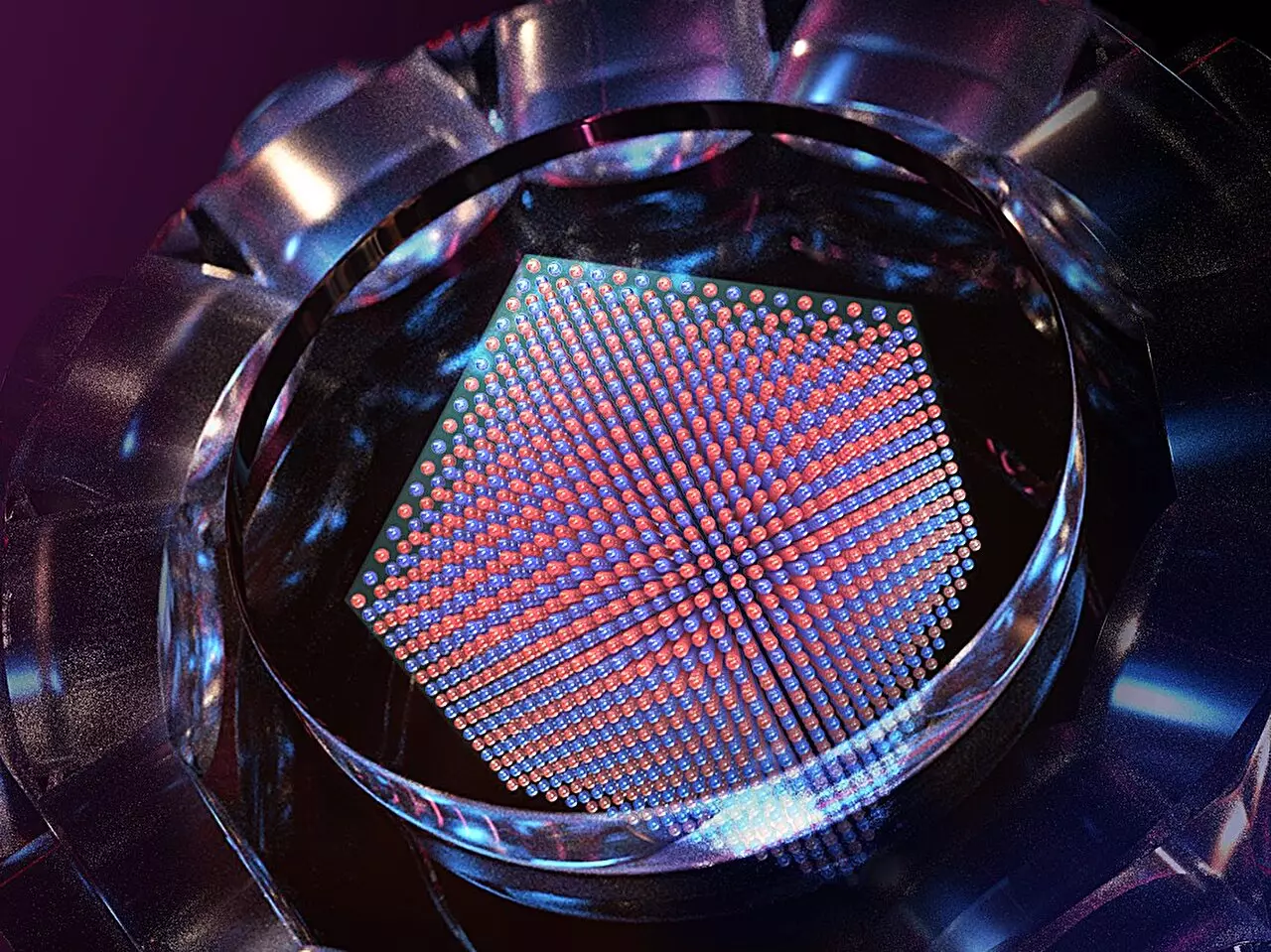The realm of quantum physics has long been a source of fascination, not only for its theoretical significance but also for its potential applications in revolutionizing technology. Recently, researchers have taken a monumental leap in understanding quantum magnetism and its association with high-temperature superconductivity through an experimental breakthrough in quantum simulation. Led by a team from the University of Science and Technology of China (USTC), the study published in *Nature* has successfully observed the antiferromagnetic phase transition within a large-scale quantum simulator based on the fermionic Hubbard model (FHM). This accomplishment signifies a pivotal trend in how quantum mechanics can be leveraged to unravel some of the most complex mysteries in condensed matter physics.
Understanding the Fermionic Hubbard Model
The fermionic Hubbard model serves as a simplified yet profound representation of electron interactions in a periodic lattice arrangement. It embodies the interactions between electrons that lead to strong correlations—phenomena that are often observed in high-temperature superconductors. Despite its seeming simplicity, the FHM poses intricate challenges in computation where neither exact analytical solutions nor straightforward numerical methods can decipher its behavior in two and three dimensions effectively. This obfuscation has left scientists grappling with the fundamental question: what are the underlying mechanisms that facilitate the remarkable properties of materials capable of superconductivity at high temperatures?
While explicitly unraveling these mechanisms remains a daunting task, the research team’s innovative approach does herald a new chapter in quantum materials research. Their use of quantum simulation is particularly noteworthy, as it transcends the limitations set by classical computing, enabling researchers to explore parameter spaces that were previously prohibited. By utilizing ultracold fermionic atoms in optical lattices, they aim to map out the low-temperature phase diagram of the FHM—an essential step in addressing the enigma surrounding high-temperature superconductivity.
The Challenges of Quantum Simulation
Despite this promise, the journey to understanding and harnessing quantum magnetism is littered with obstacles. Past attempts to investigate the antiferromagnetic phase transition within quantum simulators were hindered by technical difficulties such as inefficient cooling of fermionic atoms and the inhomogeneity introduced by standard Gaussian-profile lattice lasers. These constraints underscored the critical need for cutting-edge solutions to facilitate successful experimentation.
The research team rose to the occasion by innovatively merging their prior achievements in preparing homogeneous Fermi gases with the construction of a flat-top optical lattice featuring uniform site potentials. This ambitious endeavor culminated in a quantum simulator comprising approximately 800,000 lattice sites—an astonishing scale far surpassing the limited capacity of previous experiments. This amplification not only makes their simulation robust but also enables precise tuning of interaction strength, temperature, and doping concentrations, effectively steering the quantum system towards its critical conditions.
Revolutionary Results and Implications
The monumental achievement of observing the antiferromagnetic phase transition—demonstrated through the power-law divergence of spin structure factors—paves the way for a more nuanced understanding of quantum magnetism. The results, characterized by a critical exponent of 1.396 that aligns with the Heisenberg universality class, affirm the immense potential of quantum simulators not just as experimental tools, but as vital instruments for advancing theoretical frameworks.
This groundbreaking work does more than simply add to the academic discourse; it lays foundational bricks for future exploration of the FHM and thereby high-temperature superconductivity. The findings illustrate that the experimental results garnered significantly surpass the computational limits of classical approaches, heralding a paradigm shift in how we can probe intricate materials systems. The implications are profound—not only does this research hold the keys to advancing scientific knowledge, but it could also usher in real-world applications that could reshape entire industries.
In encapsulating the essence of this shifting tide in quantum research, it’s clear that the future holds immense promise. Embracing the potential of quantum mechanics offers a transformative pathway forward, urging us to engage deeply with both the science and the possibilities that lie ahead. The fusion of technology and quantum physics is no longer an esoteric endeavor; it is a frontier where breakthroughs in fundamental understanding are poised to redefine the very fabric of material science and technology itself.

